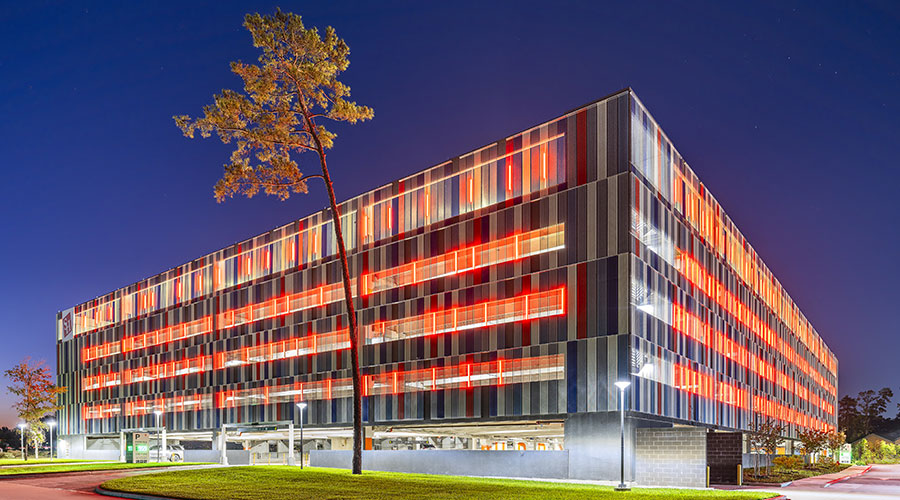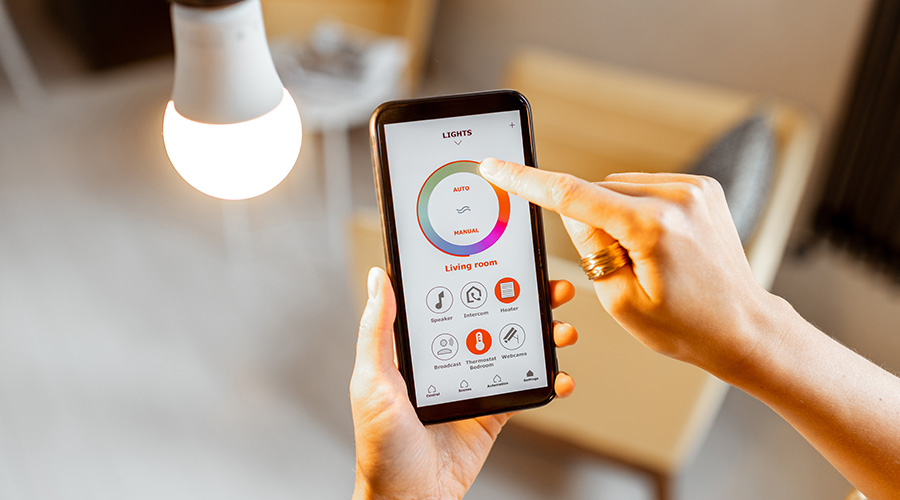LED Technology Advances Impact on Emergency Lighting Market
Managers researching product options for upgrades to emergency lighting systems need to keep in mind that in addition to the products’ impact on providing lighting in emergencies, new technology is likely to affect other issues that are high on managers’ priority lists.
Take energy use, for example. Manufacturers have introduced improvements in white LED technology that affect both energy savings and the power budget needed for emergency lighting.
“For instance, you use about one-third to one-half less power to deliver the same amount of light for emergency lighting with LEDs vs. traditional light sources, whether it’s halogen or standard incandescent,” says Dave Garza with Acuity Brands Lighting. “Improvements in LED technology have allowed smaller batteries and smaller charger circuits and smaller fixtures to be available.”
“In terms of emergency lights, white LEDs became popular beginning in 2000,” Rapenau says. “But it was more like 2005 or 2007 when the big manufacturers started to introduce LEDs based on performance criteria. Those are based on performance criteria and possible cost savings compared to standard incandescent bulbs for emergency lighting. These days, we’re in a position where every new product for emergency lighting has LED at least as an option, if it’s not already standard.”
Related Topics:














